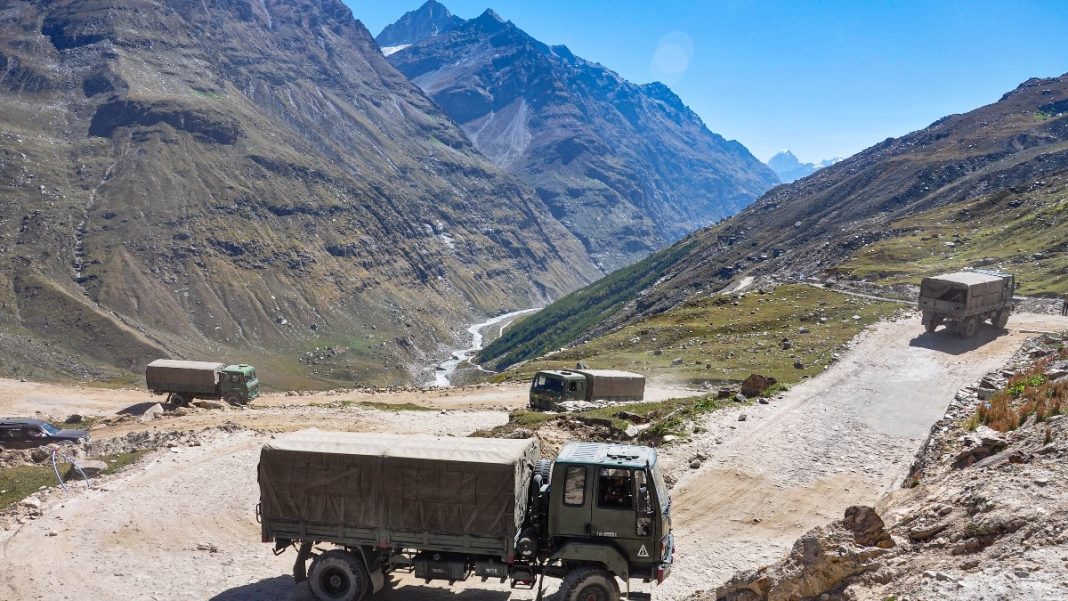In a significant move to bolster its military capabilities, India is set to launch a major tri-services military exercise named ‘Poorvi Prahaar’ on November 8, following the recent disengagement of Indian and Chinese soldiers in eastern Ladakh. This 10-day exercise aims to demonstrate the cohesive operational synergy among the Indian Army, Navy, and Air Force, enhancing their collective combat readiness.
Sources indicate that the Indian Army will deploy a variety of units, artillery guns, Light Combat Helicopters (LCH), and Unmanned Aerial Vehicles (UAVs) as part of the exercise. The Indian Air Force is expected to participate with its advanced fleet, including the Su-30 MKI and Rafale fighter jets, C-130J Super Hercules transport aircraft, and various helicopters. Air force bases located in Kolkata, Hashimara, Paanagarh, and Kalaikunda will be actively involved during the course of the exercise. Furthermore, the Indian Navy’s elite MARCOS commandos will also play an active role in this multi-service drill.
A senior defense official explained that the exercise is designed to test and enhance the integration and operational readiness of the three services as part of a strategic defence posture aimed specifically at the eastern sector. This initiative comes on the heels of the successful disengagement of troops at the Depsang and Demchok friction points in eastern Ladakh, which has opened avenues for de-escalation discussions between India and China.
After disengagement, negotiations continue between the two nations to achieve a broader de-escalation of troops in the eastern sector. There are ongoing talks aimed at securing an agreement on restoring patrolling rights in the Yangtse region of the Tawang sector—a highly sensitive area where Indian forces had previously restricted access to the People’s Liberation Army (PLA) following clashes in December 2022.
An informed source indicated that alongside diplomatic discussions with China, India is actively enhancing its joint combat capabilities along the Line of Actual Control (LAC). This dual approach not only emphasizes India’s commitment to safeguarding its sovereignty but also serves to strengthen its negotiating position in pursuit of a peaceful resolution to ongoing tensions.
Additionally, Defence Minister Rajnath Singh is expected to visit the Tawang sector during the Diwali festivities, further underscoring the government’s commitment to reinforcing defensive measures in this strategically crucial area. His visit, coinciding with the preparations for the ‘Poorvi Prahaar’ exercise, symbolizes India’s resolve to secure its borders and maintain a state of readiness against potential challenges along the LAC.
Overall, ‘Poorvi Prahaar’ marks a significant strategic shift for India, emphasizing a proactive defence strategy as the nation seeks to bolster stability and security in its border regions with China.





